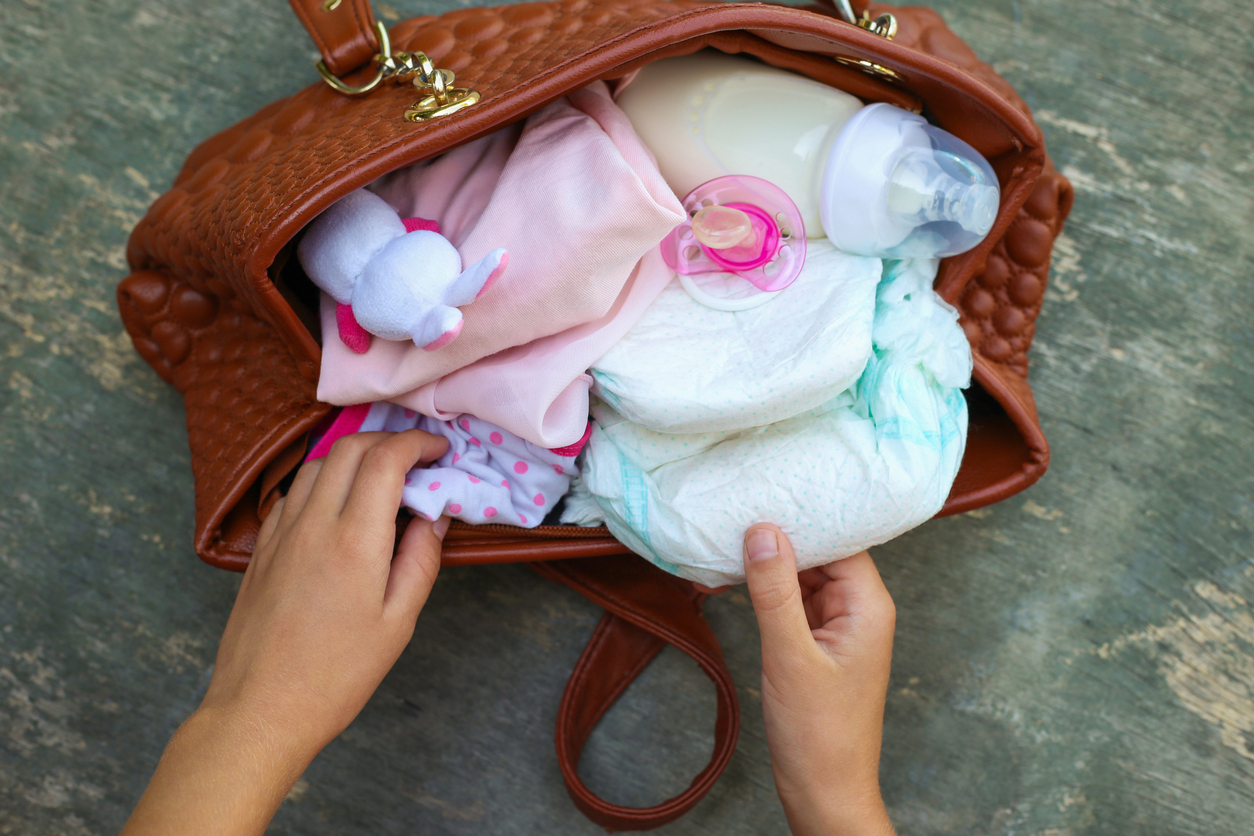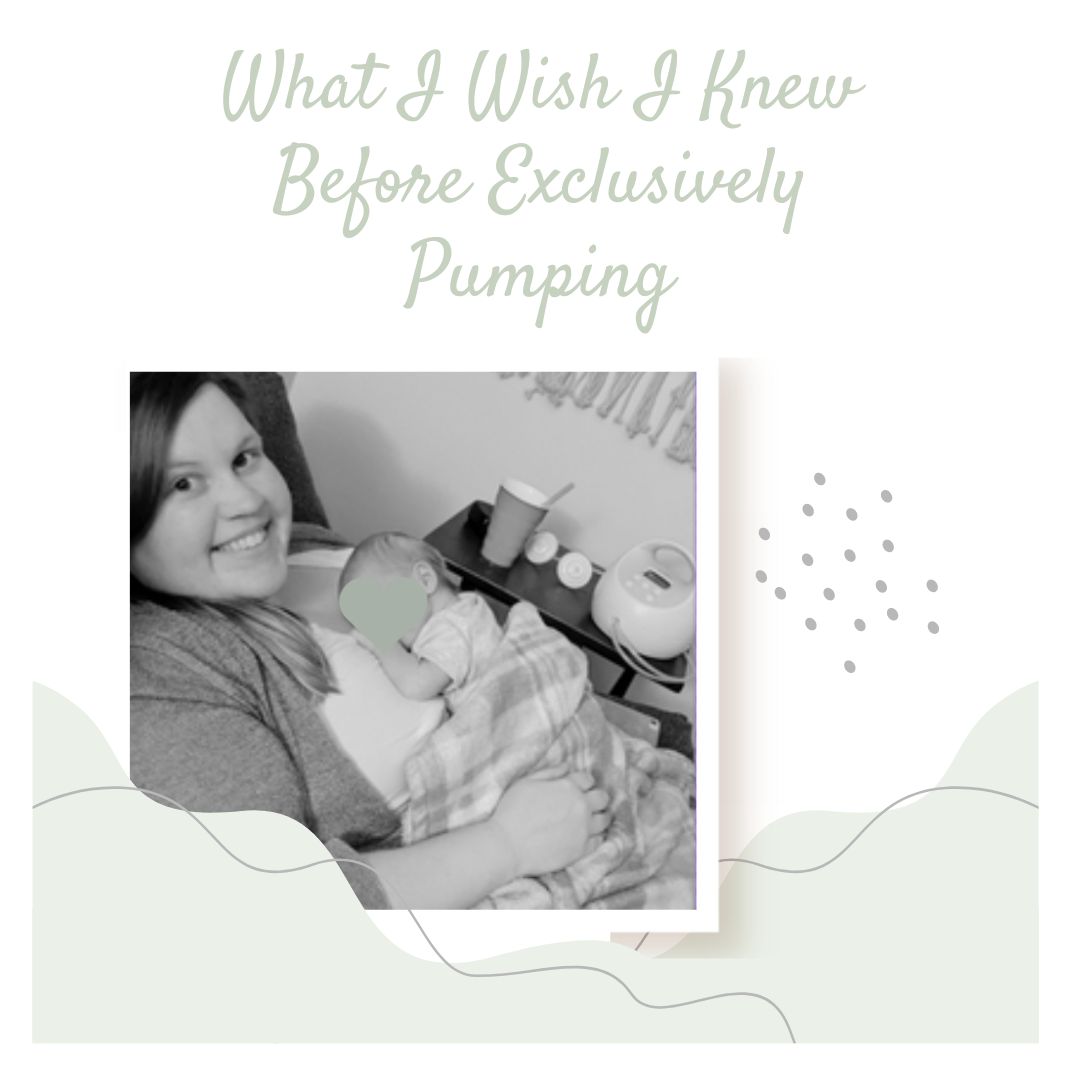Baby Diapering Essentials: A Journey Through My Diapering Routine
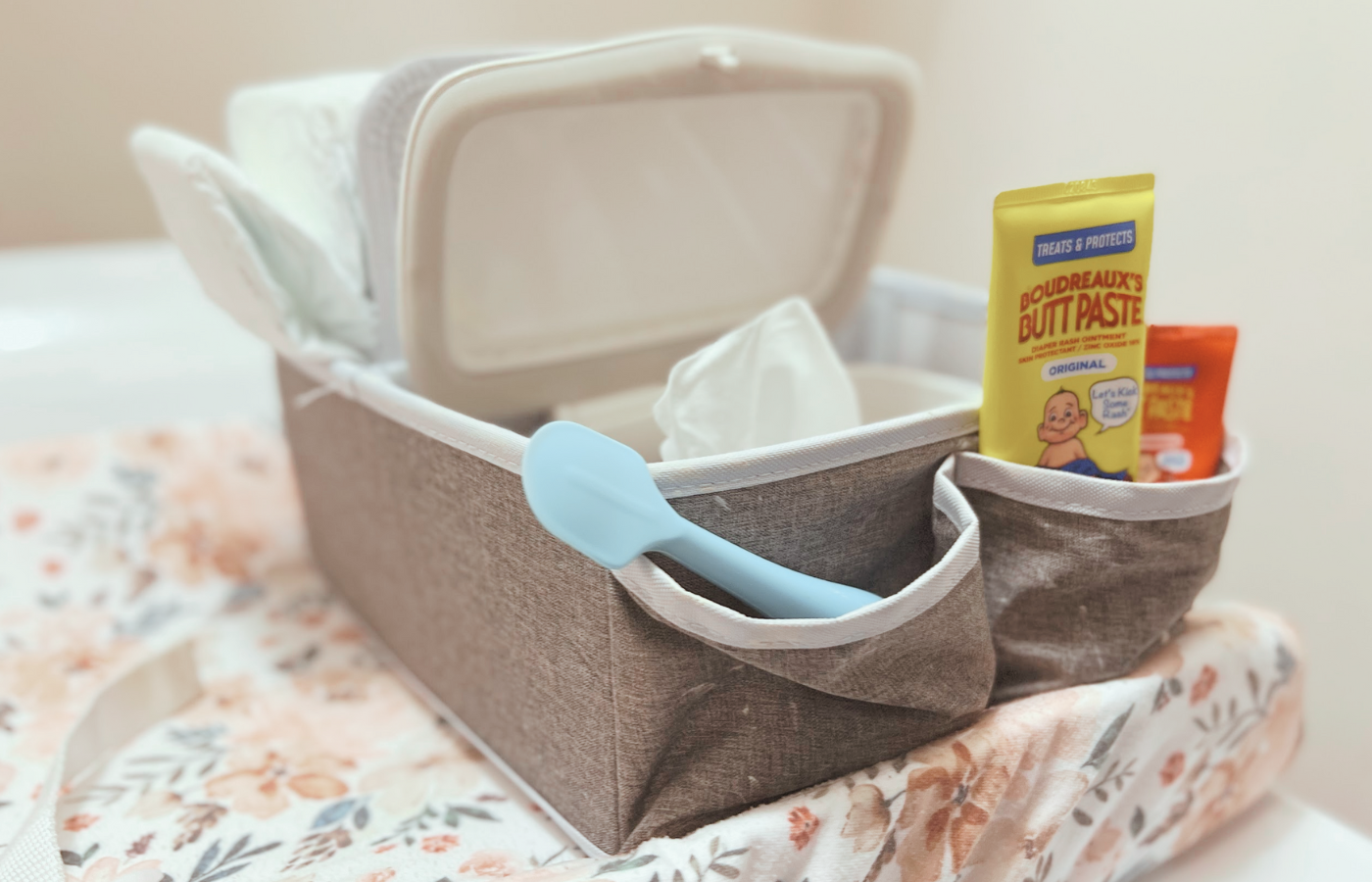
In my early twenties, I spent nearly a decade as a Certified Nursing Assistant (CNA). While many associate CNAs with tasks like assisting in dressing or meal times, a significant part of my day revolved around personal hygiene care. It was during this period that I learned the crucial importance of skin health. Much like patients in a healthcare setting, babies too need regular attention to prevent skin breakdown. If their diapers aren’t changed timely, it can lead to discomfort and painful rashes. Drawing from this experience, I’m eager to delve into the essentials of diapering to ensure your little one’s utmost comfort.
1. The Diapering Essentials Checklist: Unraveling the Must-Haves
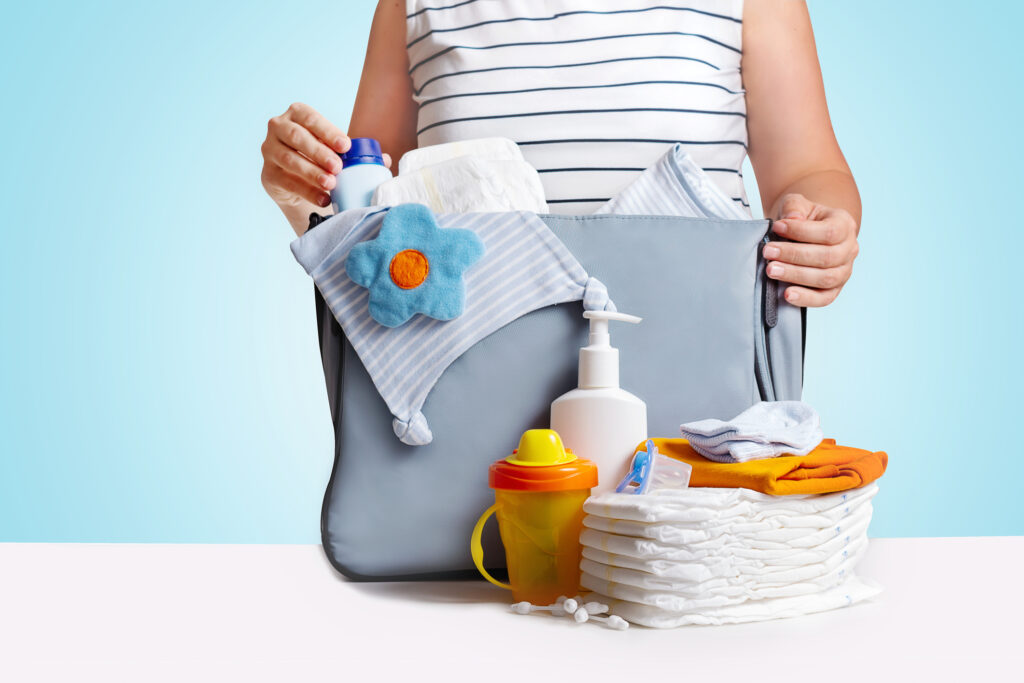
The art of diapering might initially seem overwhelming given the array of products on the market. Let’s take a systematic look at what every parent truly needs.
- Diapers: Whether you’re choosing cloth diapers or disposable diapers, this is the most fundamental item on the list. In the first month with a newborn, anticipate anywhere from 10-12 diaper changes daily. That’s roughly 300-370 diapers just for that month! This frequent change ensures your baby’s skin remains rash-free and comfortable. Remember, it’s not just about having diapers; it’s about having the right size for your baby’s age and weight.
- Changing Table & Pad: Investing in a sturdy changing table is non-negotiable. Safety first! The height should be suitable for you, ensuring you don’t strain your back. The changing pad atop the table provides a soft cushion for your baby. This dedicated diaper changing station will be a staple in your nursery, making every diaper change seamless. And don’t overlook the importance of a changing pad cover. Not only does it provide an extra layer of softness for your little one, but it’s also easily washable for those messy times.
- Diaper Caddy: Organization is key in the world of parenting. A diaper caddy, with its multiple compartments, becomes an indispensable tool. Store diapers, wipes, rash cream, and even a toy or two to keep your baby distracted during changes. Plus, its portability means you can move your diapering essentials from room to room with ease.
- Wipes: Baby’s skin is delicate, especially during the first few months. Opt for wipes that are soft, hypoallergenic, and free from harmful chemicals. And, if you’re living in colder climates or just want that extra touch of luxury, a wipe warmer is a fantastic addition. It ensures that every wipe-down is a comfortable, soothing experience for your baby.
- Diaper Pail: The unsung hero of the nursery! It’s not just any bin; it’s a specially designed container where you can toss dirty diapers without worrying about odors permeating the room. Some advanced diaper pails even have a foot pedal for hands-free operation and special liners to further lock in the smell.
- Hand Sanitizer: In between diaper changes, especially when you’re away from a sink, hand sanitizers become invaluable. It ensures that your hands remain germ-free, protecting both you and your baby.
- Rash Cream: Even with the most diligent care, diaper rash can sometimes be inevitable. A good quality diaper rash cream creates a barrier, protecting your baby’s sensitive skin from wetness and irritation. It’s a good idea to have a tube in your diaper caddy and another in your diaper bag for on-the-go needs.
The right products, coupled with a touch of love and lots of patience, can make the diapering journey smoother for both you and your baby. So, as you prepare for this essential part of baby care, this checklist ensures you’re fully equipped!
2. Stocking Up: The Diaper Math
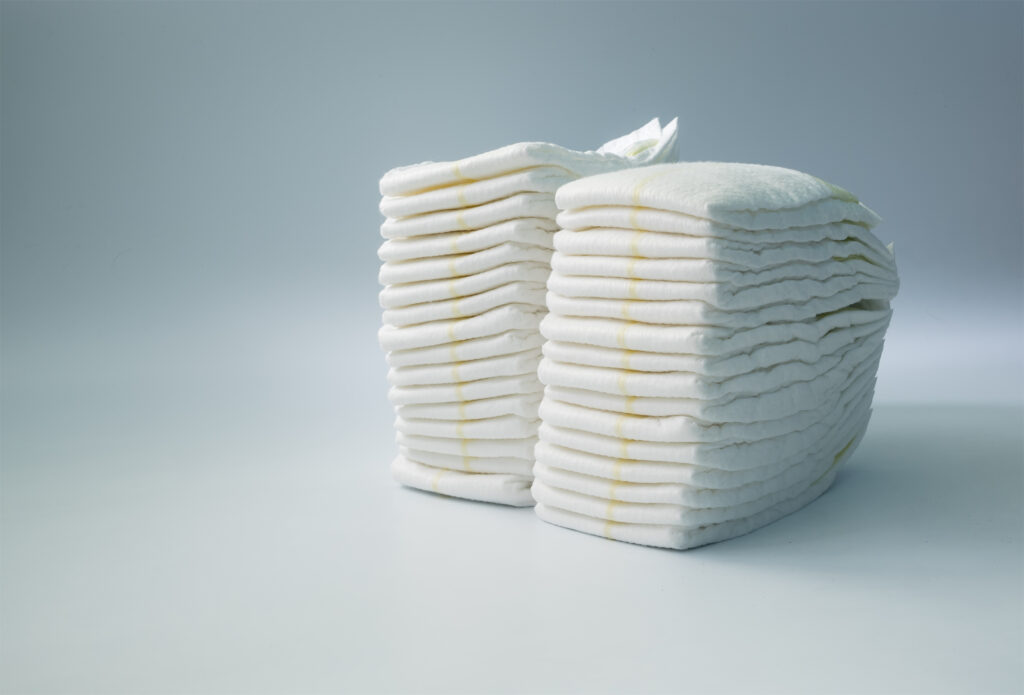
How many diapers do you need to stock up before a baby arrives? For the first few months, anticipate using 8-12 diapers daily. For the first year, that’s around 3,000 diapers.
What is the recommended diaper stockpile? Newborns: 2-3 boxes. As your baby grows, adjust the numbers according to their size and needs.
3. Choosing the Perfect Diaper
What factors must be considered when choosing a diaper option?
- Type: Cloth diapers or disposable diapers? Decide what makes sense for your lifestyle.
- Fit: Ensure no tight elastic marks on your baby’s skin.
- Absorbency: No one wants leaks! Check reviews and ask fellow parents.
- Material: Especially for babies with sensitive skin, materials matter.
- Cost: From premium brands to budget options, choose what fits your wallet.
4. Diaper Bag Must-Haves

What must be in a diaper bag? Aside from diapers, pack:
- Wipes and a portable wipe case.
- A couple of baby clothes for those inevitable messes.
- Hand sanitizer.
- A small bottle for feeding if you’re bottle feeding.
- Changing pad for on-the-go changes.
- Rash cream for emergencies.
5. Mastering the Diaper Change
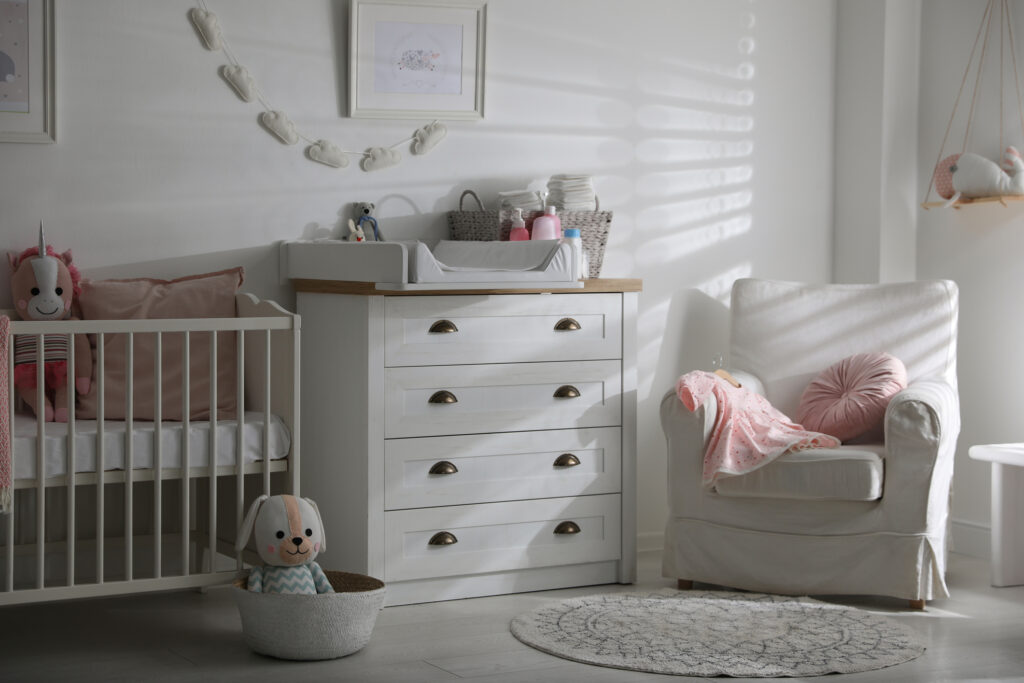
What do I need for a diaper change? Ensure you have:
- Fresh diaper.
- Wipes.
- Barrier or rash cream if there’s irritation.
- Hand sanitizer post-change.
- A bag or diaper pail for dirty diapers.
6. Cloth Diapers vs. Disposable Diapers

Cloth diapers, eco-friendly and often cost-effective in the long run, require consistent washing. On the other hand, disposable diapers are handy for outings but accumulate waste. Weigh pros and cons, considering your lifestyle.
7. Baby’s Skin Care during Diapering
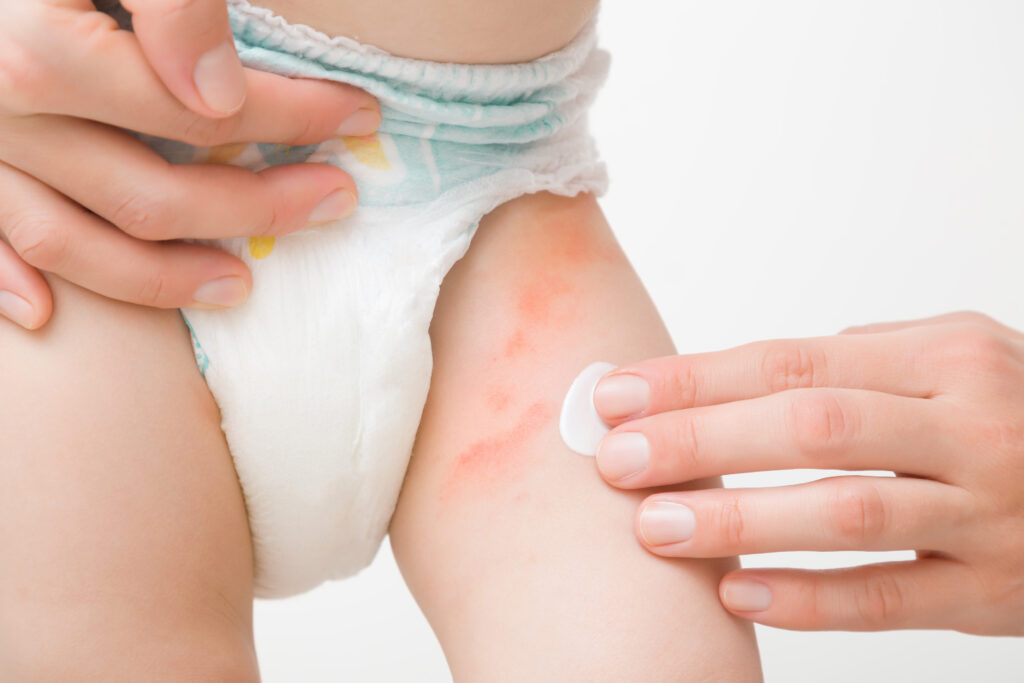
A baby’s skin is notably tender. For newborns, many parents initially opt for hypoallergenic wet wipes, ensuring they’re free from harmful chemicals and fragrances. These wipes provide a gentle clean, crucial in avoiding potential irritants during those first few precious months.
As your baby grows and their skin becomes a bit more resilient, you can explore a wider variety of wipes. However, always prioritize products that champion gentleness to maintain your baby’s skin health.
When it comes to soiled clothes, it’s essential to manage them separately from dirty diapers. Set up a designated bin in the nursery for these clothes, preventing any cross-contamination. Remember to use a gentle, baby-friendly detergent when washing them.
And finally, be vigilant about diaper rash. At the earliest signs, apply a high-quality rash cream to ensure your little one remains comfortable and free from discomfort.
8. Tips & Tricks for Seamless Diapering
- Changing Stations: Set up a diaper changing station in multiple rooms for convenience.
- Save with Subscriptions: Many brands offer diaper subscriptions. Save money and time.
- Stay Organized: A well-stocked diaper caddy ensures everything’s at arm’s length.
9. Concluding Thoughts for the Diapering Journey

From the first diaper change to the last, diapering is an integral part of the baby journey. But, with the right essentials and a sprinkle of patience, it becomes a cherished ritual.
So, dear parents, as you navigate this new phase, remember to cherish each moment. With each diaper change, you’re ensuring your baby’s comfort and happiness. The world of diapering essentials is vast, but with this guide, you’ve got it covered!


